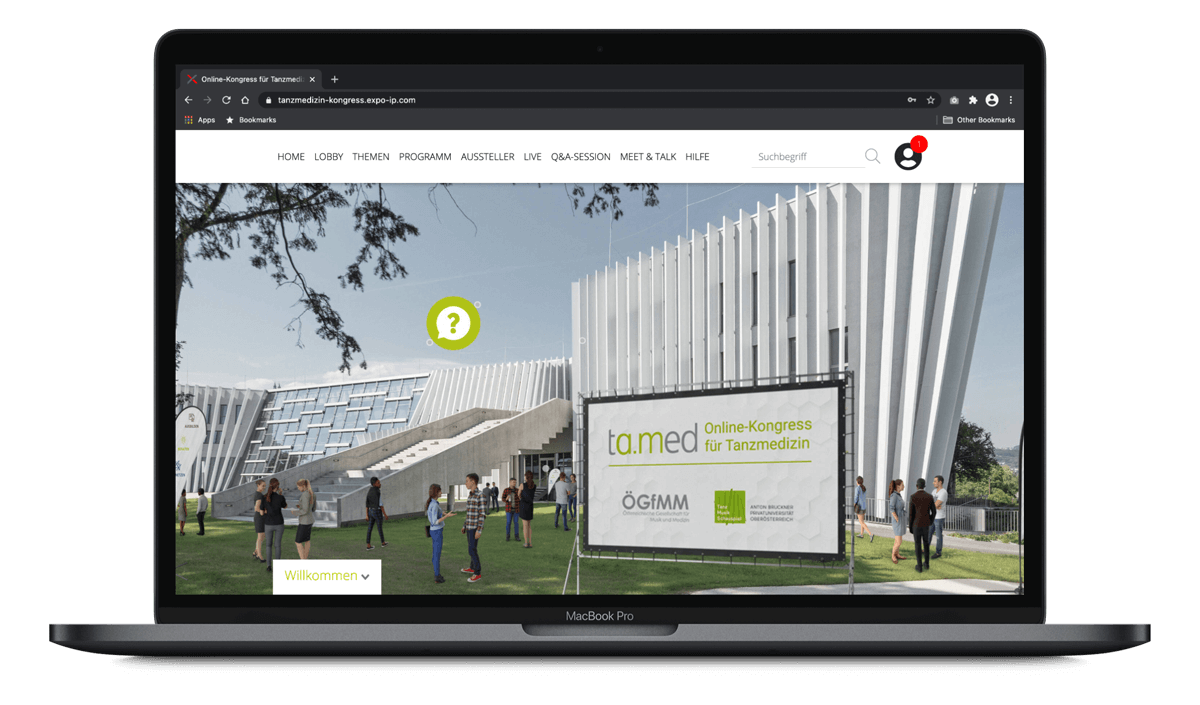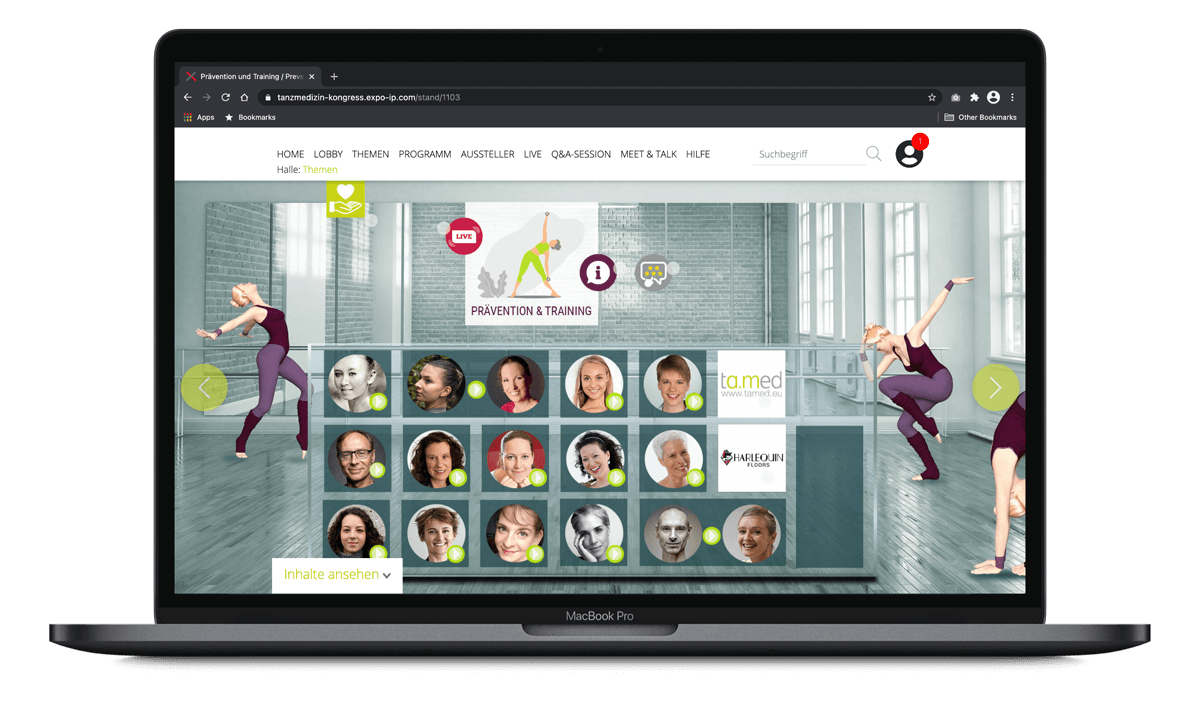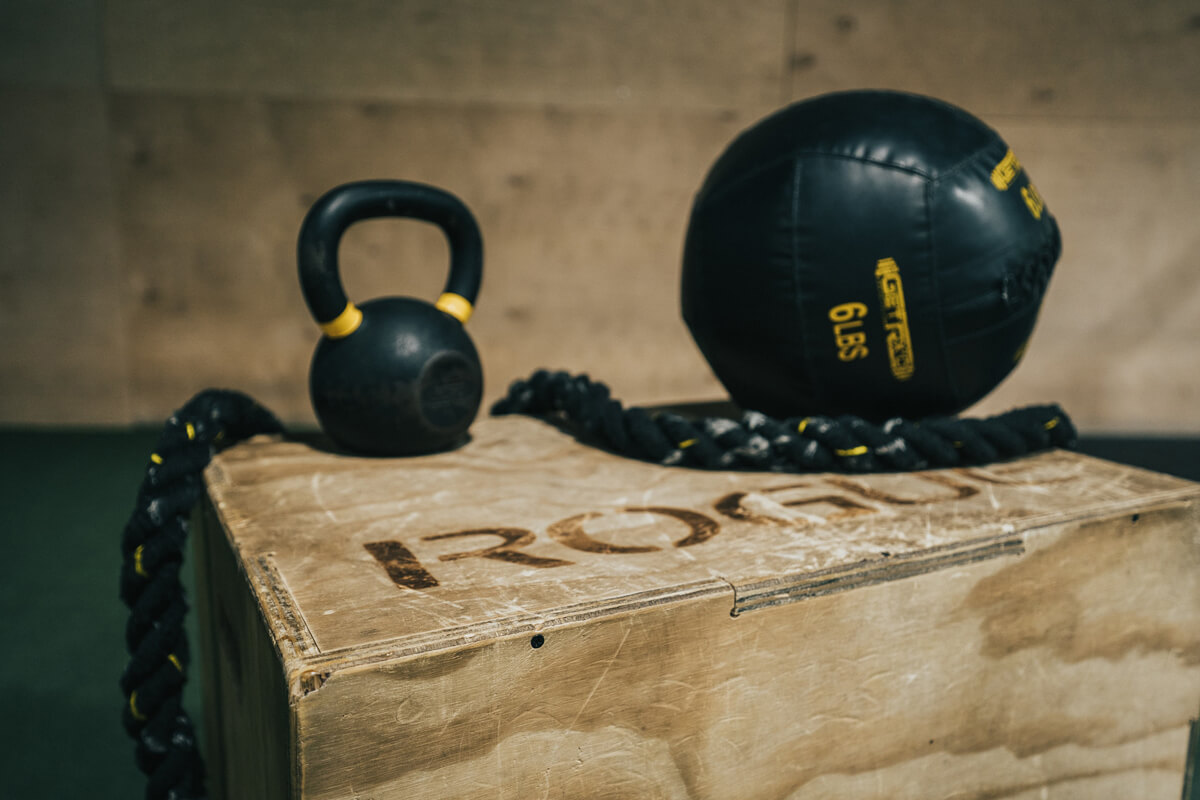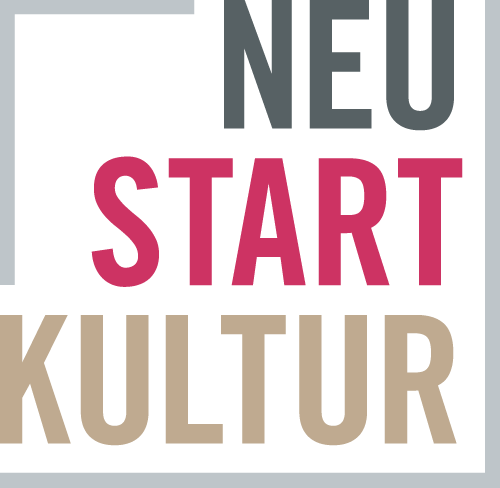DIS-TANZ DIARY #13
AN ONLINE CONGRESS FOR DANCE MEDICINE
Mar 20, 2021 in DIS-TANZ-SOLO

In a way, it was almost fortunate that ta.med‘s annual Dance Medicine Congress was held online due to COVID-19. The organizers had undoubtedly put a lot of effort into transforming a live event into an online congress, and had put a lot of attention to detail into both the graphic and interactive aspects of the offering. In any case, it made it all the easier for me to participate in this year’s edition as part of my research and training project. Of course, it was clear from the outset that the various presentations at such a comprehensive congress would vary in quality and depth. So while the lectures themselves, as well as the associated Zoom exchanges, were overall really interesting, there were two observations that stood out throughout the week:
First, many of the contributions related to the work of professional ballet dancers or to working with amateurs. Specific points of contact for contemporary artists were few. I haven’t quite figured out why this is. Many of the topics discussed seemed very easily transferable to contemporary requirements or even had a reference to ballet only in the lecture name, possibly because the speakers themselves had a background in the field or to more directly address ballet educators as a potential target audience. However, as several speakers during the congress expressed the desire to raise awareness and interest in the topics of dance medicine and dance science, not least in the contemporary field, I am convinced that with a slight shift in focus there is still much potential to attract further audiences.
The second point may seem somewhat contradictory at first glance: I felt that some of my fellow audience members were occasionally overwhelmed because simple concepts were explained in more complex language than perhaps necessary. But at the same time, I would have personally liked to hear a bit more in-depth information on some of the topics or to discuss even farther-reaching ideas on how to integrate important scientific research findings into the work practice of professional dancers and educators. Perhaps a helpful idea for future editions might be to establish different lecture categories or to define clearer target audiences for each lecture.
In any case, I would like to encourage every artist to take an interest in the programs offered by ta.med. The congress was certainly a valuable opportunity to broaden one’s horizons and to exchange ideas with colleagues. And for me personally, it was certainly a great opportunity to take a closer look at topics that I am currently researching anyway. The interaction between scientific research and dance should be much greater than it is at the moment. There is no question that both sides can only benefit from an increased exchange.
Here’s an overview of the presentations I attended during the week and their respective abstracts:











